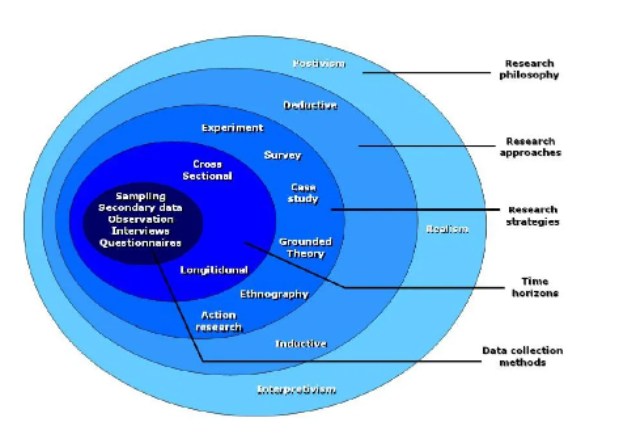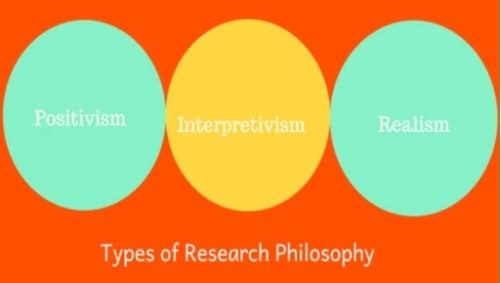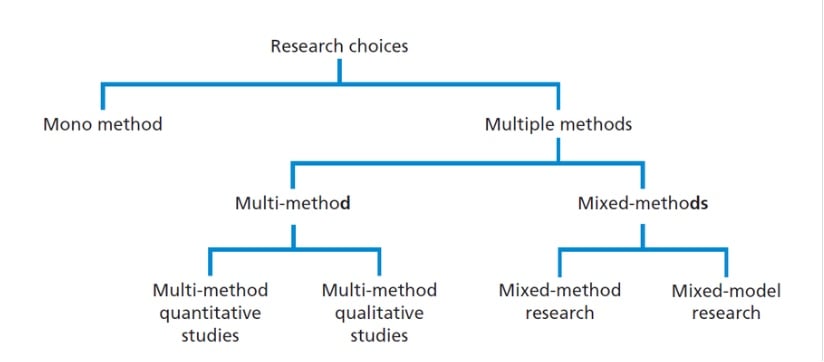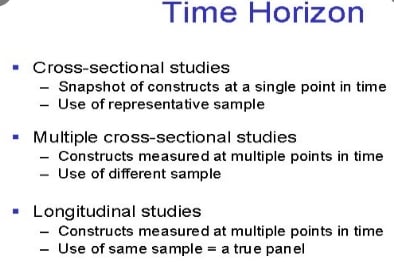Saunders Research Onion: A systematic approach to designing Research Methodology
Research Onion analysis has been introduced by Saunders who illustrated the phases covered in the making of a research work. In general words, the layers in the onion model indulge a more elaborated description of the steps of a research process. It gives an impressive progression through which a research methodology can be produced. Its utility depends on its adaptability to almost every single kind of research methodology and can be utilized in a range of contexts. It is seen that when students utilize the research onion approach in their research work they need to go from the outside layer to the inner layer. When students exploit this approach, they can see that each layer of the method shows a more elaborated phase of the research activity. It is essential for the students who use the research onion method in their investigation to take each step properly so that the overall aim can be accomplished by them.

Five stages of the research onion method involve:
- Research Philosophy
- Research approach
- Research strategies
- Research choices
- Research time-horizon
Research Philosophy
The student needs to comprehend the concept of research philosophy which refers as the set of beliefs, involving the features of reality being identified. It can help students in their research activity, but they should keep in mind that research philosophies can differ from aims to aims. It covers three key philosophies that are beneficial in the process of research activity. Ontology philosophy explains the nature of reality, what thoughts occur in the mind when doing research, along what relational influence it carries on the surroundings and society. It helps in clearing off the doubts between reality and what is perceived. It also assists in understanding different behaviors of people. Epistemology is another philosophy that deals with the valid information needed for the research and the individual can acquire it. When the students use this philosophy in the research work, they can prove the information without any doubt. Interpretivism, critical realism, and positivism are the philosophical positions under the worldview of epistemology. Axiology is the last philosophy that assists students in learning how opinions and valuables impact the aggregation and assessment of the research. The students need to comprehend that when they do or conduct their research, the opinions of people matter a lot as it can impact the research work.

Research Approaches
Once the student has selected the suitable methodology for their research work, the concept of research onion says that suitable research must be chosen. Through the deductive approach, the student can develop certain hypotheses based on the literature review. It is ascertained by the researcher and step by step tries to test this hypothesis and examine if it holds in certain contexts. On the other side, the inductive approach aims to help students as they can start their research work through observations in order to evolve a certain new theory.

Research Strategy
After understanding different approaches to research, the student is also anticipated to devise the strategy for the research work. The research onion has suggested that strategies can cover experimental research, action research, case studies, surveys, interviews, systematic literature review, and so on. The students can use such strategies in their research activity. It relied on the data needed and the aim of the research.

Research Choices of Methods
In research activity, the students can use many methods such as mixed method, mono-method, and multi-method as possible choices for conducting research. Through the method, the students can use only a single method for the research study. The mixed method involves two or more methods of research and generally denotes the use of quantitative and qualitative methodology. Lastly, the multi-method exploits a broader section of methods.

Research Time-horizon
It shows the time frame of the research activity. Commonly, observations can be of two forms on time horizons, namely longitudinal and cross-sectional. Longitudinal data signifies the observations of a definite variable that are accessible for many days, months, quarters, and years. The cross-sectional data is utilized when all the interpretations are for one factor of time such as in most surveys.

Data collection and analysis
It is considered the last layer of the research onion. It involves the procedures and techniques exploited in the work. It sorts out students by clearly demonstrating the purposes and ways of research conducted. Also, students are also expected to opt between primary and secondary data or qualitative and quantitative data methods. Therefore, data is taken as the primary piece in the research onion framework. If you are one of those students looking for online case study help in the UK, then we have a perfect expert team who will provide you with 24/7 assistance.
You may also like to read about - Management Theory To Specific Problem - Imperial Hotel
Most searched FAQS:
Q1. What layers is the research onion framework involved?
Layers of the research onion framework are divided into six main areas such as research philosophy, research approach, research strategy, research choices, time horizons, along procedures and techniques.
Q2. Is Saunders's research onion method appropriate to use?
Saunders' research onion method is certainly not suitable, but students can get benefits for reasoning holistically about the research methodology. It supports the students in their decision-making, concerning the work of research design.
Q3. What is the importance of research onion framework?
It supports in development of a series of stages under which various data-gathering methods have been understood and demonstrates the steps by which the study of research methodology can be defined.
Q4. What is the role of research onion diagrams?
A research onion diagram is a simple way of exhibiting the stakeholders in a provided scenario. It acquires its name as it shows that the involved layer is quite similar to the onion. The center of the framework is the aim, good, or whatever the subject of the diagram may be.























